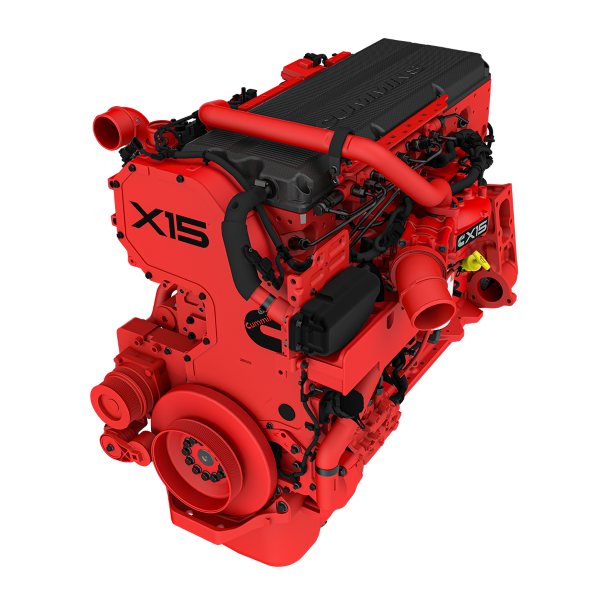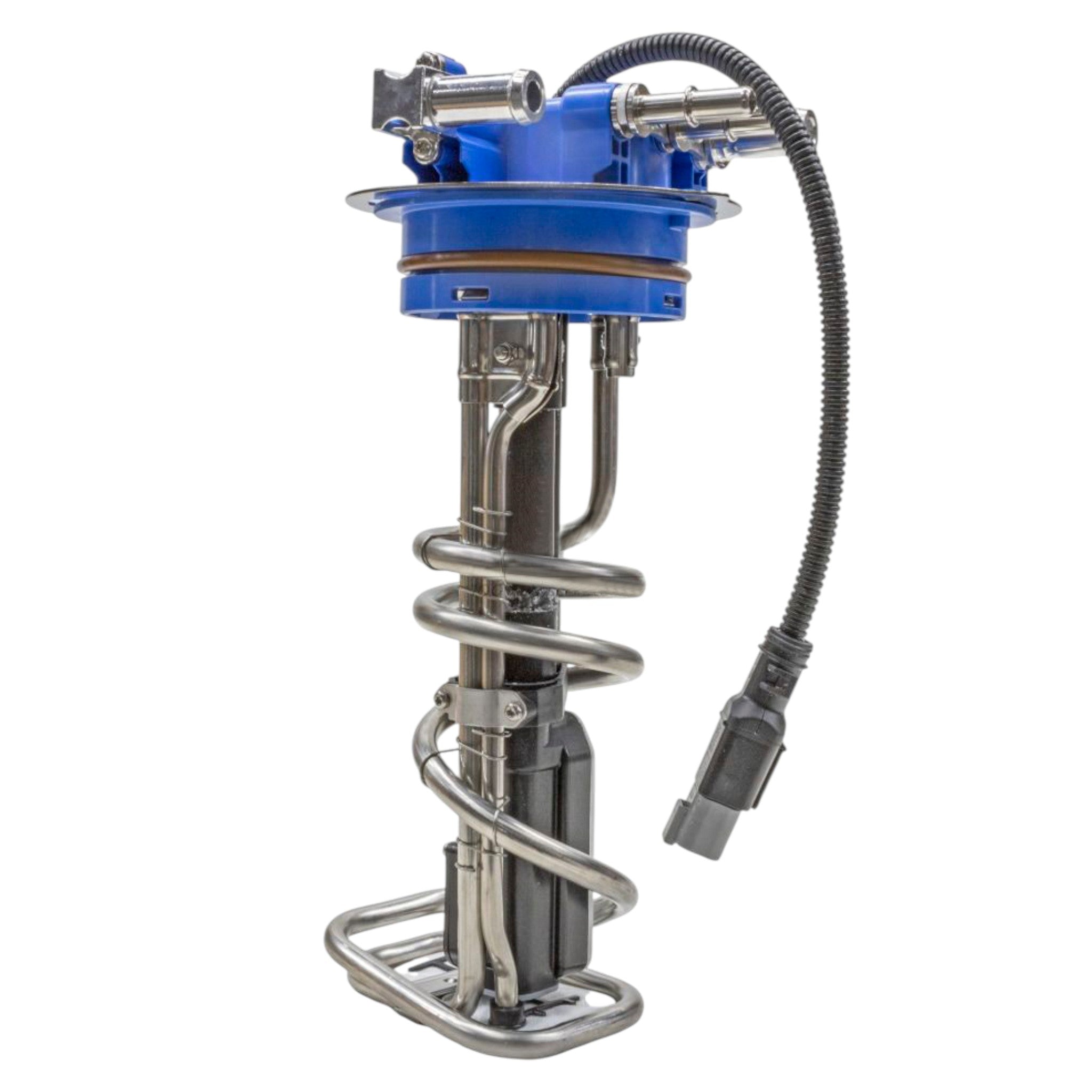
How to inspect, diagnose and replace a fuel injector
Replacing a fuel injector on diesel engines like Cummins, Paccar, Detroit Diesel, Volvo, or Mack requires expertise, specialized tools, and knowledge of the specific engine model. Here is a general overview of the steps involved, but it is highly recommended to consult the engine manufacturer's service manual or a qualified technician for precise instructions:
Replacing:
- Disconnection: Before replacing the fuel injector, disconnect the negative battery cable to prevent any electrical issues or accidental starting of the engine.
- Removal: Locate the fuel injector on the engine and carefully disconnect the electrical connector and fuel line connections. Remove any components, such as the valve covers or intake manifold, obstructing access to the fuel injector. Loosen and remove the retaining bolts or clamps securing the injector.
- Cleaning: Thoroughly clean the injector bore and surrounding area to remove any dirt, debris, or carbon deposits.
- Installation: Install the new fuel injector following the manufacturer's specifications and procedures. Ensure the injector is properly seated and aligned. Replace any required seals, O-rings, or gaskets.
- Reassembly: Reassemble the engine components, ensuring proper alignment and connection of all wiring, hoses, sensors, and components removed during the disassembly process.
- Testing and Verification: Start the engine and carefully monitor for any fuel leaks, abnormal noises, or irregularities in engine performance. Perform additional checks, such as balance tests, cylinder contribution tests, and fuel pressure tests, to verify the repair.
Please note that the exact steps and procedures can vary significantly depending on the specific engine model, manufacturer, and other factors. Always consult the appropriate service manual or seek assistance from qualified technicians for the specific engine and fuel injector you are working on.












